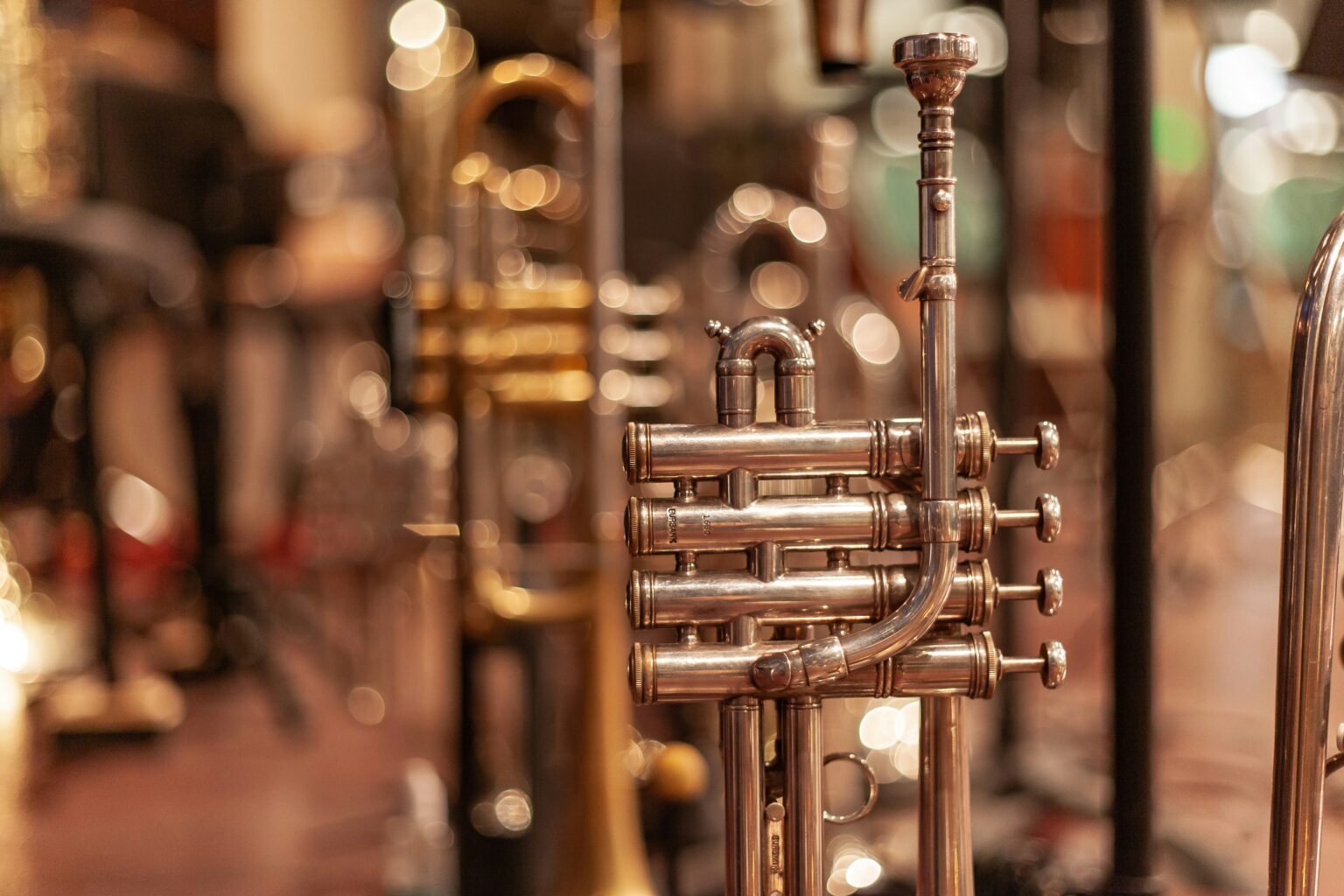The valve trombone is a unique instrument that strikes a perfect balance between tradition and innovation. With its sleek design and versatility, it has carved out a niche for itself in various musical genres. From the grand halls of orchestras to lively street corners, this brass beauty adapts seamlessly, bringing joy to audiences everywhere. Whether you’re an aspiring musician or simply curious about the world of music, the story of the valve trombone is one worth exploring. Let’s dive into what makes this instrument so special!
History and Evolution of the Valve Trombone
The valve trombone has its roots in the mid-19th century, emerging as a response to the need for more versatile brass instruments. Unlike its slide counterpart, this instrument incorporates valves that allow for quicker note changes and greater flexibility.
Initially popularized by military bands, the valve trombone gained traction within orchestras and jazz ensembles. Its unique sound began to fill various musical genres, showcasing an adaptability that few instruments possess.
As music evolved through the 20th century, so did the valve trombone’s role. It adapted alongside changing trends in jazz and big band music while maintaining its presence in classical compositions.
Manufacturers started experimenting with design variations, resulting in different bell sizes and materials used across models. These innovations have kept it relevant as musicians seek diverse tonal qualities and playing experiences today.
Differences between Slide and Valve Trombone
The slide trombone and valve trombone may look similar, but they offer distinctly different playing experiences. The primary difference lies in their mechanics. Slide trombones utilize a telescopic slide to change pitch, allowing for smooth glissandos.
In contrast, the valve trombone employs valves—similar to those on trumpet or euphonium—to alter notes. This means players can access specific pitches more quickly without moving a slide.
Articulation is another key factor. The slide allows for expressive nuances that are hard to replicate with valves, providing a unique legato sound. Yet, the valve system provides precision and speed, making it easier for rapid passages.
Both instruments have their own charm and challenges. Musicians often choose based on personal style or genre preference rather than skill level alone. Each brings its own flavor to various musical settings from orchestras to jazz bands.
Famous Players and Performances on the Valve Trombone
The valve trombone has graced the stages of many iconic performances, showcasing its unique sound across genres. Notable jazz musician and bandleader Bob Brookmeyer is often celebrated for his innovative approach to the instrument. His improvisational skills have left a lasting impact on both audiences and fellow musicians.
In the realm of classical music, renowned composer Igor Stravinsky employed the valve trombone in his works, adding depth to orchestral pieces. This versatility allows composers and arrangers to explore new sonic landscapes.
Moreover, contemporary artists like Trombone Shorty have taken the valve trombone into funk and hip-hop territories. His energetic performances redefine what this brass instrument can achieve in modern music settings.
From jazz clubs to concert halls, famous players continually push boundaries with their dynamic interpretations of this remarkable instrument. The valve trombone’s ability to adapt makes it a beloved choice among diverse musical talents.
Advantages and Challenges of Playing the Valve Trombone
Playing the valve trombone offers several advantages. One of its key benefits is ease of use. The valves allow for quick transitions between notes, making it ideal for beginners and professionals alike. This can be particularly helpful in fast-paced musical settings.
Portability is another plus. Valve trombones are often lighter than their slide counterparts, which makes them more convenient to handle during performances or rehearsals.
However, challenges do exist. Some players miss the expressive sliding capabilities found in traditional slide trombones. This unique feature allows for nuanced pitch variations that a valve instrument cannot replicate.
Additionally, mastering finger coordination on valves requires practice and patience. Developing muscle memory takes time but ultimately pays off when playing complex pieces or improvising.
Despite these obstacles, many musicians find joy in exploring all that the valve trombone has to offer within various musical genres and settings.
How to Choose a Valve Trombone
Choosing a valve trombone requires careful consideration. Start by evaluating your experience level. Beginners might prefer lighter models, while advanced players often seek professional-grade instruments for superior sound.
Next, think about the type of music you want to play. Different styles may benefit from unique features, like bell size or tubing shape. A larger bell can enhance projection in orchestral settings.
Don’t forget to consider comfort and ergonomics. Try out various brands and models to find one that feels right in your hands.
Check the build quality as well; sturdy materials ensure longevity and consistent performance over time.
Playability matters immensely—test how smoothly the valves respond during practice runs before making a decision. It’s essential this instrument complements your style and enhances your musical journey.
The Rise of Street Bands Featuring Valve Trombones
Street bands are taking the music scene by storm, and the valve trombone is at the heart of this movement. Its adaptability makes it a favorite among diverse ensembles.
With a rich, robust tone and ease of play, valvetrombones fit perfectly alongside brass instruments and percussion in lively outdoor performances. Musicians can express themselves freely while captivating audiences with infectious rhythms.
These street bands often draw from various genres—jazz, funk, or even traditional folk—which allows for unique interpretations that showcase the valve trombone’s versatility. Players can easily transition between styles without losing their distinct sound.
Moreover, community events have embraced these vibrant groups. The visual impact combined with engaging melodies creates an unforgettable atmosphere that connects people through shared musical experiences. The valvetrombone has found its place not only on stage but also in bustling streets around the world.
Conclusion: The Endless Possibilities with the Versatile Valve Trombone
The valve trombone embodies versatility in the music world, bridging the gap between lush orchestral settings and vibrant street performances. Its unique design allows musicians to navigate various genres seamlessly, from jazz and funk to classical compositions.
Whether you’re drawn to its bold sound or its adaptability across different musical styles, there’s no denying the impact of the valve trombone. As it continues to find a home in diverse ensembles—from symphonies to brass bands—it opens doors for both seasoned players and newcomers alike. The journey with this instrument is just beginning, offering endless opportunities for creativity and expression in any musical landscape.

















